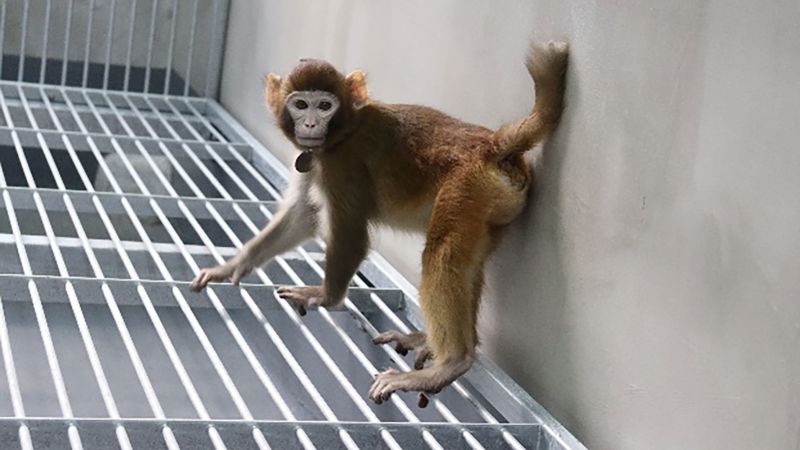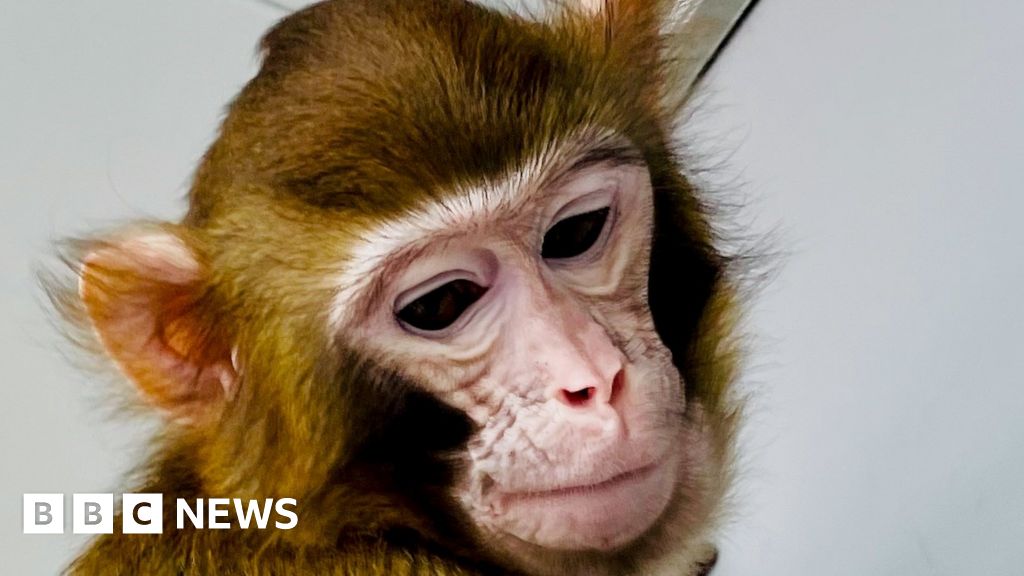
Cloning is a process of creating an exact copy of an organism. It has been attempted on many different species, but it has proven to be difficult and expensive. In recent years, scientists have made progress in cloning primates such as rhesus monkeys using somatic cell nuclear transfer (SCNT). This technique involves removing the nucleus from a healthy egg and replacing it with another nucleus from another type of body cell. The embryo then grows into an identical creature that donated the replacement nucleus. In 2018, Chinese researchers successfully cloned two cynomolgus monkeys using SCNT, but they encountered problems in creating a rhesus monkey clone. They realized that the outer membrane of the early embryos did not develop properly and decided to perform inner cell mass transplantation (ICMT) to address this problem. This process involves removing the cells from an embryo and inserting them into another, non-cloned embryo. The researchers were able to successfully clone a rhesus monkey named Retro using ICMT in 2019, making it the second species of primate that has been cloned successfully. This breakthrough is significant because it opens up new possibilities for medical research and drug testing on nonhuman primates.


